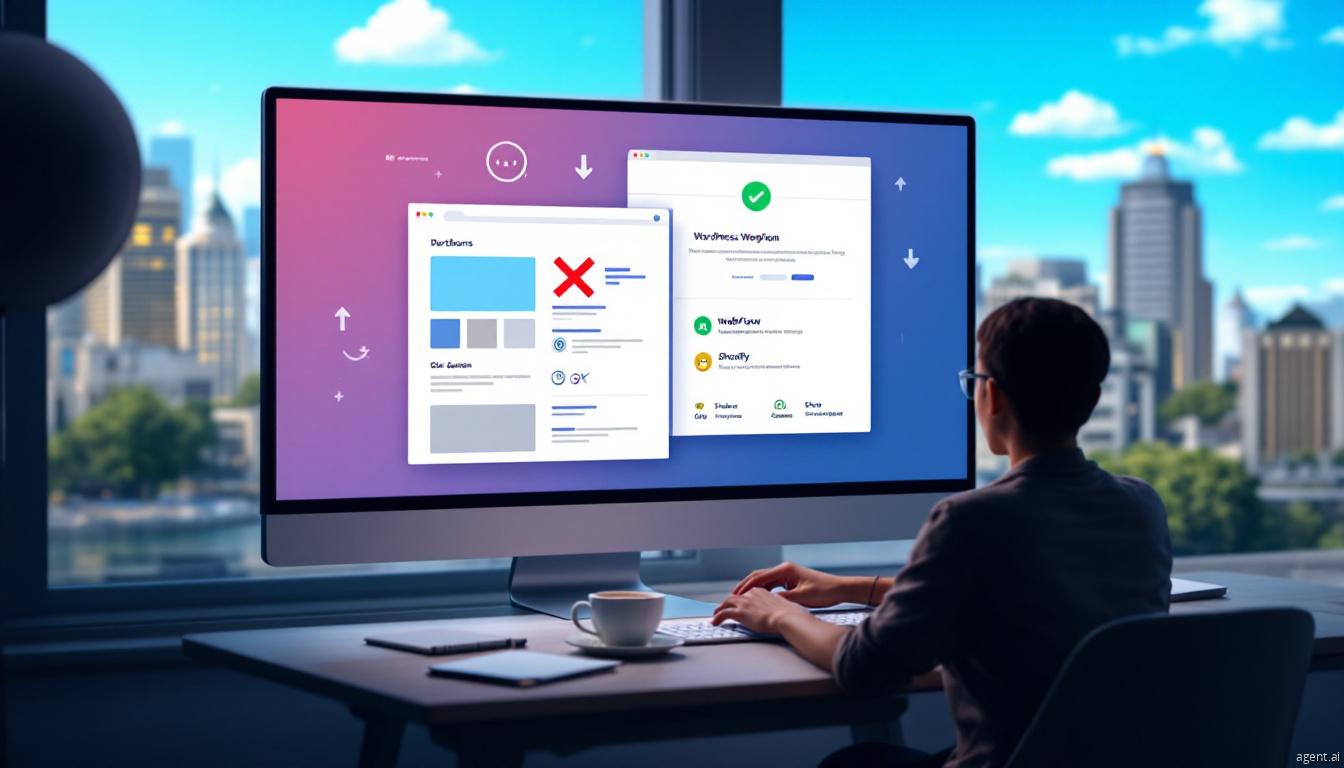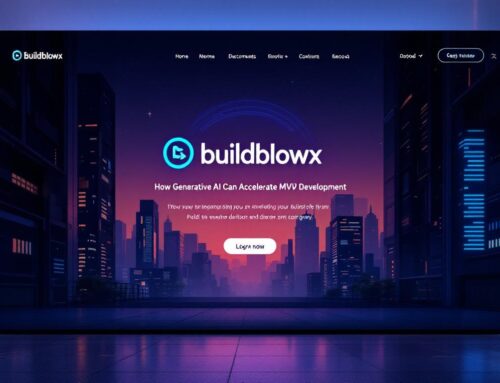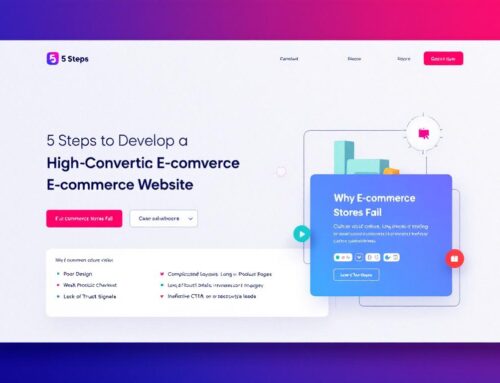Common Problems During Migration
Migrating a website from WordPress to Webflow or Shopify can be tricky. Common issues include:
The Solution
To ensure a smooth migration, follow these steps carefully:
Step 1: Audit Your Current Website
- List all pages, URLs, and content.
- Identify SEO-critical pages, metadata, and key backlinks.
- Document design elements that need replication.
Step 2: Create a Backup
- Use WordPress plugins like UpdraftPlus or Duplicator to export data securely.
- Download a local copy of media files, custom code, and theme files for reference.
Step 3: Rebuild Your Design in Webflow/Shopify
- Recreate your site’s structure while improving design where possible.
- Use Webflow’s Client-First system for organized class structure to simplify styling.
- For Shopify, choose a theme that matches your brand’s style.
Step 4: Migrate Content
- Use tools like WP All Export for WordPress data export.
- For Shopify, CSV import tools ensure a smoother data transfer.
- Manually verify key pages and ensure all content is intact.
Step 5: SEO and Redirects
i) Add 301 redirects for old URLs to avoid broken links. ii) Optimize meta descriptions, alt text, and page titles. iii) Submit your new sitemap to Google Search Console.
Conclusion
By following these steps, you can confidently migrate your website to Webflow or Shopify without losing data, SEO rankings, or design quality.



